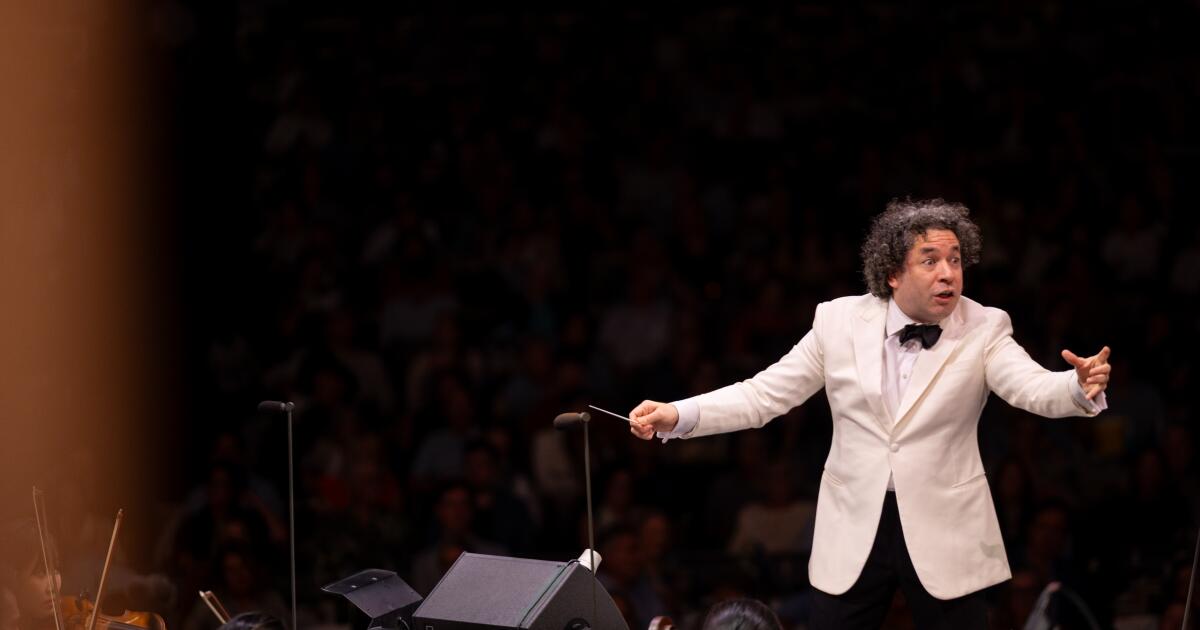NYC says deadly Legionnaires’ disease outbreak in Harlem is over

Aug. 29 (UPI) — The New York City Health Department announced Friday that a deadly bout of Legionnaires’ disease in Upper Manhattan has ended.
According to the agency, as of Thursday, a cluster of the illness in the Central Harlem community caused 114 cases of Legionnaires’ disease. Of those who were infected, seven died and 90 were hospitalized.
Six of the victims remain hospitalized. The Health Department also noted that about 90% of those stricken “had a known risk factor for severe disease,” which includes smoking, having a compromised immune system, chronic lung disease or other chronic conditions, or being age 50 and older.
An investigation into the source of the sickness that began in July had led the Health Department to the cooling towers at Harlem Hospital, and the facility has since had its towers disinfected. However, a culture test taken from a hospital tower did come back positive earlier this month, and the hospital then drained, disinfected, and refilled the cooling tower.
A cooling tower at a construction site in Harlem was sampled in July, and it, too, received a positive result for Legionnaires, and the site contractor completed a total remediation in the beginning of August.
“After an extensive investigation, we were able to identify two cooling towers that had a genetic match with patient specimens,” announced Acting Health Commissioner Dr. Michelle Morse on Friday.
“We are working with building owners on next steps to protect the health and safety of Harlem residents and to prevent future clusters,” she concluded.
“Today marks three weeks since someone with symptoms was identified, which means New Yorkers should be able to breathe a sigh of relief that residents and visitors to Central Harlem are no longer at an increased risk of contracting Legionnaires’ disease,” said New York City Mayor Eric Adams in a press release.
“But our job here is not done,” he added. “We must ensure that we learn from this and implement new steps to improve our detection and response to future clusters, because public safety is at the heart of everything we do, and we will never stop working to protect New Yorkers.”
The New York City Health Department described Legionnaires’ disease as a type of pneumonia caused by the bacteria Legionella, which grows in warm, standing water.
Its symptoms can include muscle aches, fever, chills and cough. Cooling towers used in air conditioning systems emit water vapor that can spread the disease if the tower’s water system is contaminated.
The department further notes it can’t be spread from person to person or by drinking water. The city’s largest outbreak occurred in 2015, during which 16 people died and 136 were sickened.



